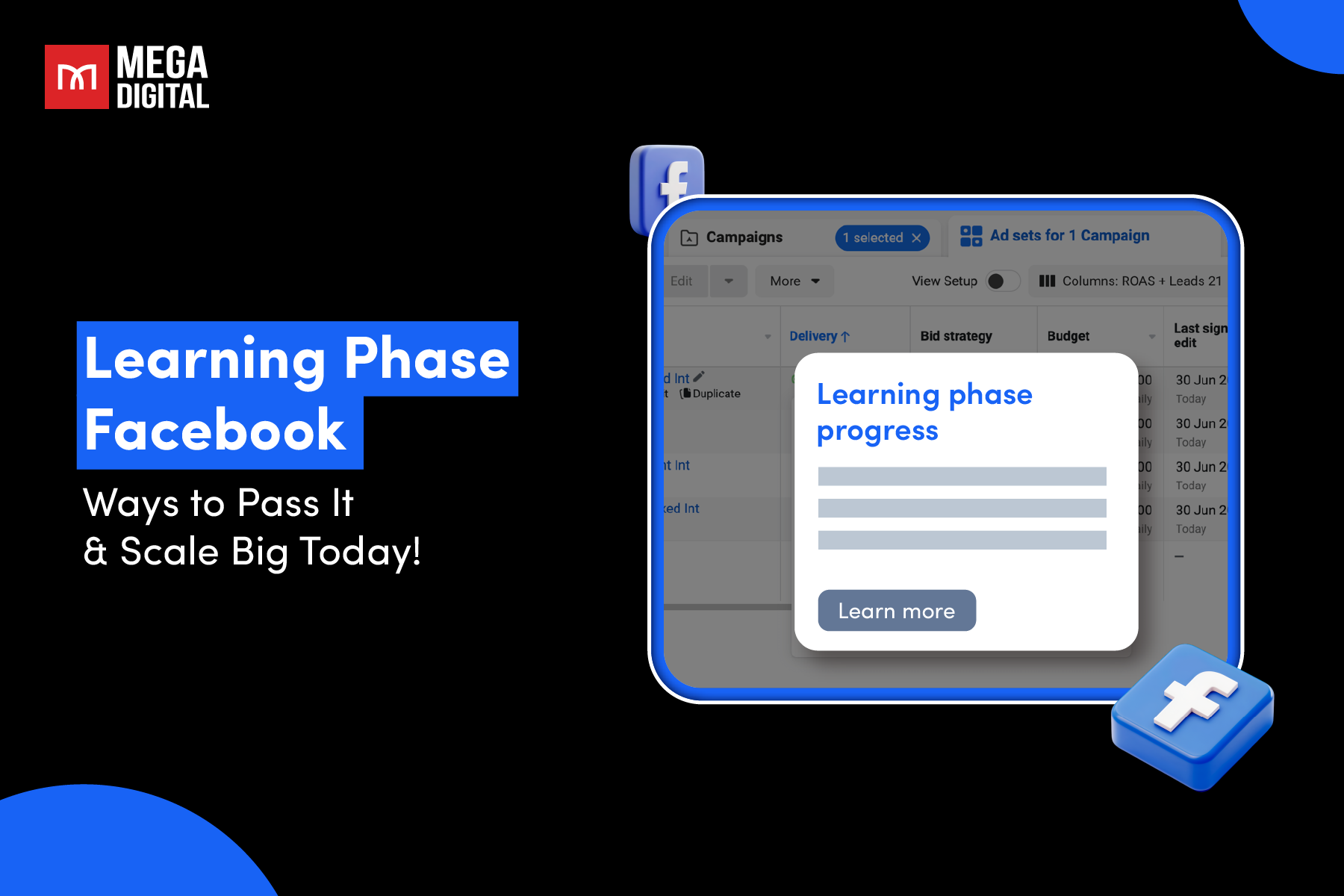The TikTok Developers API provides developers with tools for directly integrating TikTok features into their apps. Learning to use the API efficiently will help you simplify content management and uncover new monetization opportunities. In this tutorial, I’ll walk you through everything from setting up API access to recommended practices for a smooth and safe integration.
QUICK SUMMARY
- What TikTok API is & what it enables
- Benefits: seamless integration, engagement, monetization, automation, analytics
- Challenges: rate limits, token security; OAuth 2.0 basics
- How to access: 6 steps + best practices
- Real use: Hootsuite, Shopify, Canva
What Is TikTok API?
The TikTok API (Application Programming Interface) is a set of tools and protocols that allows developers to integrate TikTok’s features and functionalities into their own applications or platforms. It enables third-party applications to interact with TikTok, such as accessing TikTok content, user data, and analytics, or even managing TikTok ads and creating content within the TikTok ecosystem.
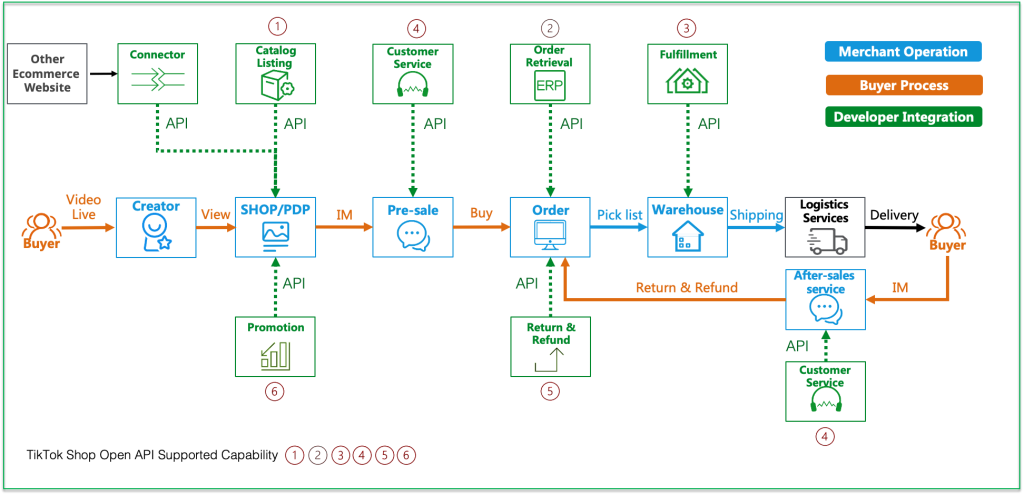
Benefits of TikTok Developers API
As TikTok API plays a key role in enhancing digital integrations, it can help developers streamline content management, and create new monetization opportunities. In this part, I will discuss some features of TikTok API and explain how they benefit developers.
1. Seamless Integration
The TikTok Developers API makes it easy to integrate TikTok features directly into third-party apps, websites, and tools. For social media management platforms like Hootsuite, Buffer, and Later, this seamless integration means they can add TikTok functionalities such as video sharing, direct posting, and user authentication right within their own apps without any interruption. This allows users to manage their TikTok content alongside other social media channels in one place, providing a smooth and efficient experience that feels like a natural extension of TikTok itself.

TikTok API also helps refresh a creator’s data as frequently as every 24 hours or even sooner, depending on the level of access and permissions. This allows developers to get up-to-date information and ensure they are working with the most current data available. This is particularly useful for apps that provide real-time analytics and performance tracking to maintain relevance and accuracy in their offerings.
2. Boosting User Engagement
TikTok API can help developers create applications that significantly boost user engagement by incorporating features such as trending hashtags, challenges, and music directly into their apps. This is highly valuable for fitness apps, e-learning platforms, and lifestyle brands that aim to boost user interaction.
For example, Nike Training Club uses the API to create in-app fitness challenges linked to trending TikTok hashtags such as #fitness or #justdoit. By following the challenge, users would be encouraged to record and share their workouts directly on TikTok, potentially driving up to 50% more engagement, generating thousands of likes and shares, and enhancing brand visibility, which in turn encourages more app downloads.
3. Monetization Opportunities
Developers can use TikTok API to increase monetization opportunities for their apps by connecting them with TikTok’s massive user base. With API TikTok, you can create targeted ad campaigns, team up with influencers, or even offer in-app purchases linked to TikTok content.
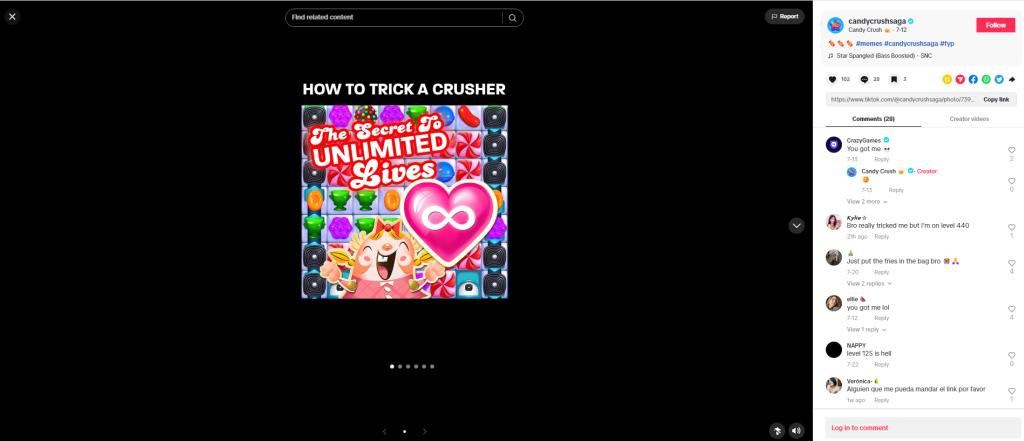
For instance, a popular mobile game like Candy Crush has collaborated with TikTok influencers to promote exclusive in-game boosters such as extra moves or special power-ups. They also use TikTok ads to highlight these limited-time items, which helps the game significantly increase in-app purchases and drive higher app downloads.
>>> Read more: TikTok Ads Strategy 2026: Your Key to Marketing Success
4. Automation and Efficiency
TikTok’s API simplifies repetitive tasks like posting content, scheduling videos, and managing multiple accounts. If you are working for businesses and agencies handling social media for various clients such as a digital marketing agency, this feature is revolutionary. With TikTok API, you can totally set up automated systems to handle content uploads and scheduling across all your client accounts. This not only saves hours of work by cutting down manual operations but also ensures a more consistent and efficient social media strategy.
5. Custom Analytics
The TikTok API gives developers access to valuable analytics that help them understand how their content is performing. With insights on metrics like video views, watch time, engagement rates, and follower growth, they can see what type of content connects most with their audience and adjust their marketing strategies to get better results.
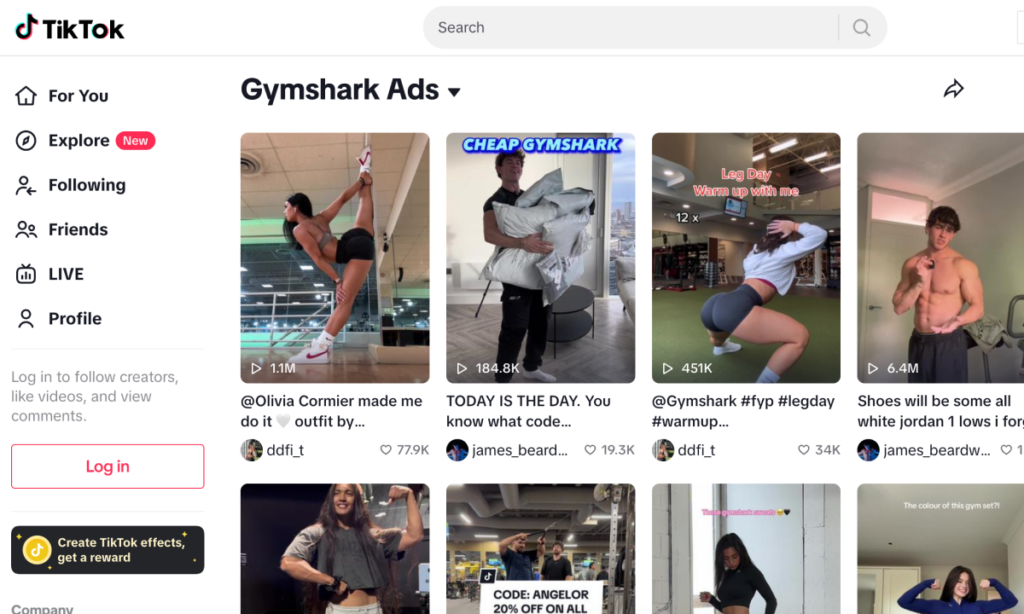
For example, Gymshark takes advantage of TikTok’s API to gain deeper insights into their content performance by seeing which videos (such as workout tutorials, motivational clips, or athlete spotlights, etc) get the most engagement. Then, by focusing on this content, Gymshark can boost likes, shares, and overall engagement to get more successful campaigns and a better return on investment.
Common Challenges Using TikTok API
When working with the TikTok API, developers often face a few key challenges that can impact their integration efforts. Here are the two biggest challenges that any developer can meet with API TikTok.
TikTok API Rate Limit Restrictions
The TikTok API limits the number of requests that can be sent in a particular timeframe. Limits for each API are established and enforced independently. The table below shows you the default limitations:
| API | Limit |
|---|---|
| /v2/user/info/ | 600 |
| /v2/video/query/ | 600 |
| /v2/video/list/ | 600 |
These limits are based on a one-minute sliding window. If you go over the limit, TikTok will throttle your requests, and you’ll get an HTTP status 429 with an error code rate_limit_exceeded.
If your application requires a higher limit, you can contact TikTok’s Support Page for consideration. After review, your rate limitations will be increased if your request is accepted.
Difficulties in Managing and Securing User Access Tokens
Managing and securing user access tokens is another major challenge when integrating with the TikTok API. These tokens are essentially digital keys that allow your app to authenticate and authorize API requests on behalf of users. If not handled properly, access tokens can become a serious security risk, potentially leading to unauthorized access or data breaches.
To minimize these risks, developers should consider these three methods:
- Implement Secure Storage Practices: Use encrypted storage solutions to keep tokens safe from unauthorized access.
- Regularly Rotate Tokens: Ensure that tokens are frequently rotated so that, even if one is compromised, it won’t remain valid for long.
- Use Secure Transmission Methods: Protect tokens from being intercepted during data transfer by using secure protocols like HTTPS.
How does TikTok API Work?
TikTok API works based on authentication and security. It uses OAuth 2.0 to ensure that only authorized applications can access specific user data or perform actions on their behalf. This authentication process involves generating a secure access token, which serves as a credential for the app. You need to handle these tokens properly to maintain data security and ensure that only intended actions are carried out.
The API provides developers with access to a wide range of performance metrics. Developers can use endpoints to get detailed statistics about content performance, including metrics like views, likes, and shares to understand user engagement and refine content strategies based on real-time insights.

To manage content effectively, developers must use endpoints. The API offers various endpoints that allow developers to upload videos, update captions, and manage video settings programmatically. This capability simplifies content management and enables automated updates and streamlined operations across multiple platforms.
Lastly, handling API requests efficiently ensures smooth integration. This activity involves interacting with TikTok’s system using standard web methods. You’ll send requests to the API, like asking for data or submitting content, and receive responses back. It’s important to manage these requests properly including keeping an eye on rate limits and handling errors, so your app will run smoothly and efficiently.
How to Access and Use TikTok API
Accessing and using the TikTok API involves a straightforward process with 6 main steps. In this part, I’ll explain these steps clearly to help you understand how to use TikTok API.
Step 1: Create a TikTok Developer Account
- Visit TikTok for Developers: Go to the TikTok for Developers website.
- Sign Up: Click on the “Sign Up” or “Log In” button. You may need to sign in with your TikTok account or create a new one if you don’t have it.
- Apply for Developer Access: Complete the application process to gain access to TikTok’s developer tools. You’ll need to provide details about your app, including how you plan to use the API.
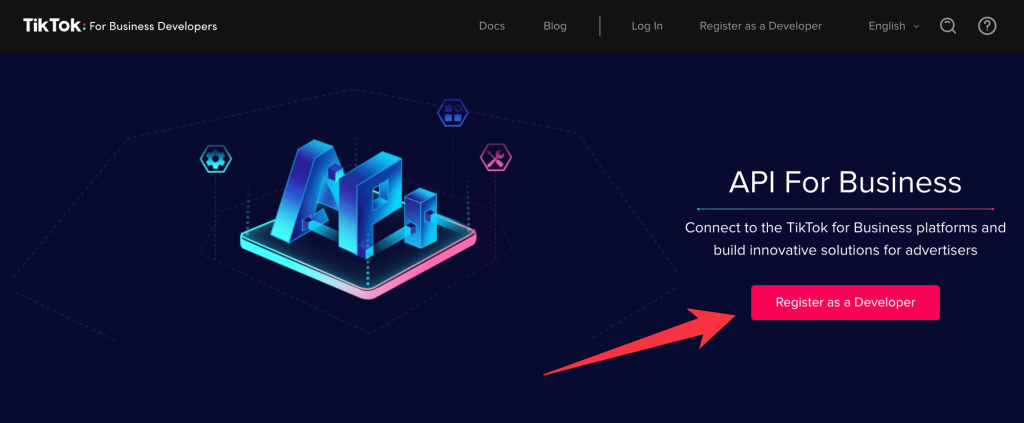
Step 2: Get API Keys and Access Tokens
- Create an App: After logging in, open the Developer Console and create a new application. This will generate a set of credentials, including an API Key and Secret.
- Obtain Access Tokens: Depending on your API needs, you may need to obtain user access tokens. This involves implementing OAuth 2.0 authorization flows, allowing users to grant your app the necessary permissions.
Step 3: Explore the API Documentation
Before jumping into coding, it’s essential to spend some time exploring TikTok’s API documentation. This will help you understand the available endpoints, request formats, and rate limits. You should spend some time reviewing the documentation to pinpoint the specific endpoints relevant to your project, such as accessing user profiles, posting videos, or retrieving analytics to know exactly which parts of the API you’ll be using will make development smoother.
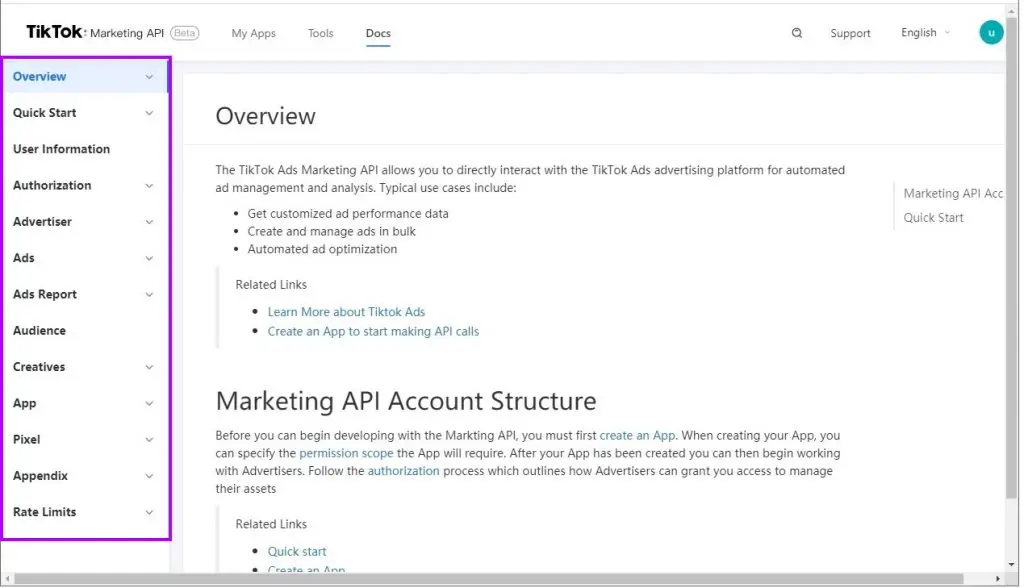
Step 4: Make API Requests
- Set Up API Calls: Use tools like Postman or your preferred programming language to make HTTP requests to TikTok API endpoints.
- Authenticate Requests: Include your API Key or Access Token in the request headers as required.
- Send Requests: Implement the logic to send requests to the TikTok API and handle responses.
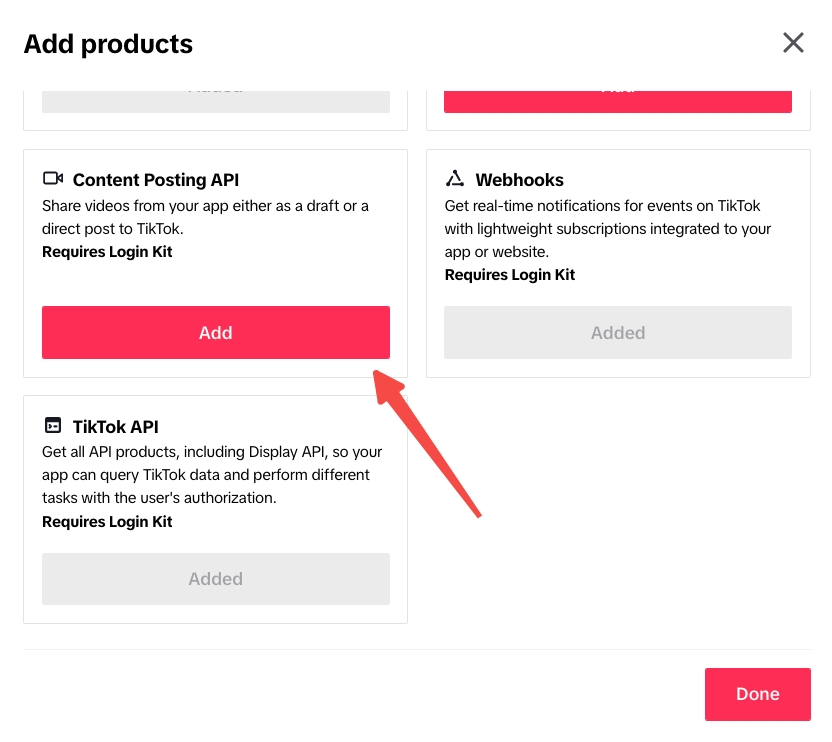
Step 5: Handle API Responses
When your app receives a response from TikTok’s API, it will include data or an error message. You need to make sure to handle these responses correctly in your code by checking the status codes and acting accordingly. This may involve updating your app’s UI, storing data, or retrying the request if it fails.
Step 6: Integrate TikTok Features into Your App
Now that you can successfully make API requests and handle responses, you can start integrating TikTok’s features into your app. Use the TikTok API to extend the functionality of your app, such as allowing users to check in with TikTok, posting videos straight from your app, or pulling in analytics.
Best Practices for Using the TikTok Developers API
To make the most of TikTok API, you need to follow these 4 best practices to ensure everything runs smoothly and securely:
#1 Optimize API Integration
When integrating the TikTok API into your app, focus on making the process as seamless as possible. This means you have to design your app to handle the API calls efficiently, minimizing load times, and ensuring that the user experience remains smooth. Plus, remember to pay close attention to how data is fetched and displayed to make sure that your app is responsive and doesn’t overwhelm users with unnecessary requests.
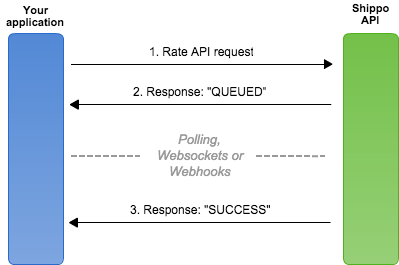
Let’s say you develop a social media management tool that allows users to schedule TikTok posts, you would optimize API integration by implementing features like asynchronous API calls to handle multiple post requests at once, ensuring that users can schedule several TikTok videos without the app slowing down. Additionally, you’d use data caching for user profiles to reduce the need for repeated API calls, which speeds up load times and enhances the overall user experience to keep your app remains fast and responsive, even when managing high volumes of TikTok content.
#2 Ensure User Data Security
When working with any TikTok API for business, security should be a top priority. This means you need to make sure that any data exchanged through the API is encrypted and implement strict authentication processes to protect user information. It’s also important to regularly review and update your security measures to address any potential vulnerabilities.
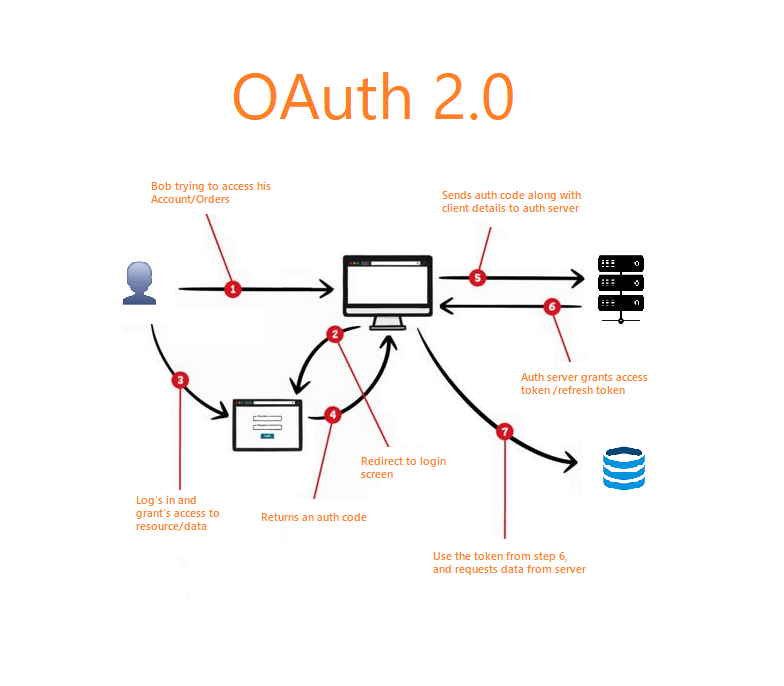
Imagine you’re building an app that lets users log in with their TikTok credentials to access personalized content. You can implement OAuth 2.0 for secure authentication, ensuring that sensitive information like access tokens is never exposed or stored directly in the app. Additionally, you’d encrypt all data transmissions between your app and TikTok’s servers using HTTPS to prevent interception by third parties.
#3 Maintain API Compliance Standards
Maintaining compliance with TikTok’s API standards is crucial for ensuring your app continues to function smoothly and avoids penalties. Let’s say you’re developing an app that allows businesses to create and manage TikTok ads. TikTok’s API has specific rate limits on how many requests you can make per hour, and exceeding these limits could result in your app being temporarily blocked. To stay compliant, you’d monitor the number of API calls your app makes, ensuring it never surpasses the allowed threshold.
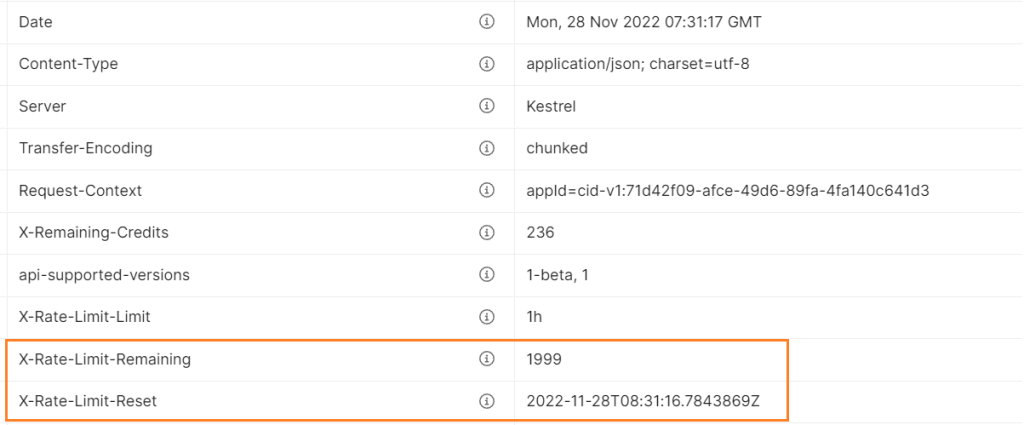
For example, if your app handles multiple ad accounts, you might execute a queuing system that spaces out API requests to avoid hitting the limit. Additionally, you need to regularly review TikTok’s API documentation for any updates or changes in usage policies, such as new restrictions on data collection or changes to available endpoints to ensure uninterrupted service and a reliable experience for your users.
#4 Continuously Integrate and Monitor API Performance
API integration isn’t a one-and-done task; it requires ongoing maintenance and monitoring; therefore you need to continuously test your API connections to ensure they’re performing optimally. You should use monitoring tools such as Datadog, New Relic, and Postman to track the API’s uptime and performance metrics to quickly address any issues that arise. These apps help you to track real-time metrics such as API response times, error rates, and the volume of requests. If your app’s API calls to TikTok start taking longer than usual, they can also trigger alerts, enabling you to investigate and resolve the issue before it impacts users.
Examples of Apps or Services Using the TikTok API
The TikTok API has become a powerful tool for many popular apps and services, allowing them to integrate TikTok features directly into their platforms. Here’s a breakdown of how apps use the TikTok API to boost their services.
Hootsuite
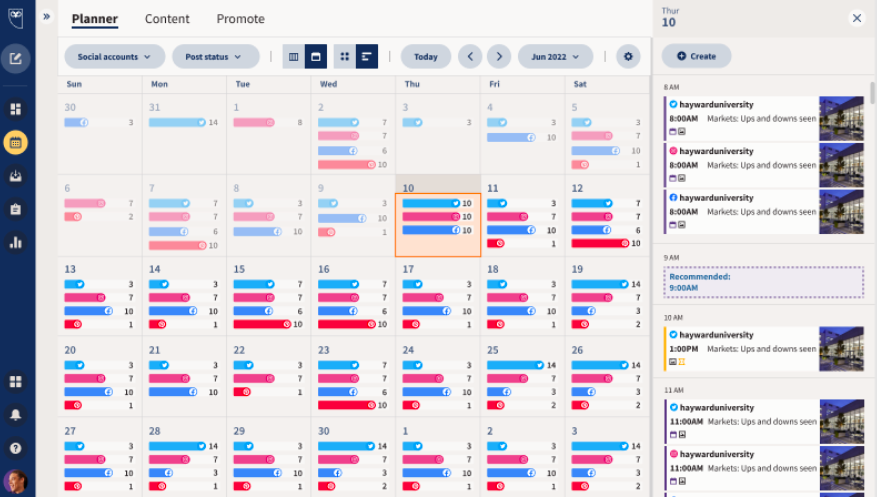
Hootsuite is known for managing multiple social media accounts in one place. It integrates the TikTok API to make life easier for marketers. With this integration, users can schedule and publish TikTok videos directly from Hootsuite’s dashboard, just like they do with Instagram or Twitter. This means you can plan your TikTok content calendar, post at optimal times, and track how your TikToks are performing – all from one platform. The strength of this integration lies in the ability to schedule videos for TikTok alongside other social networks on the same app, allowing for a seamless and efficient social media management experience.
Shopify
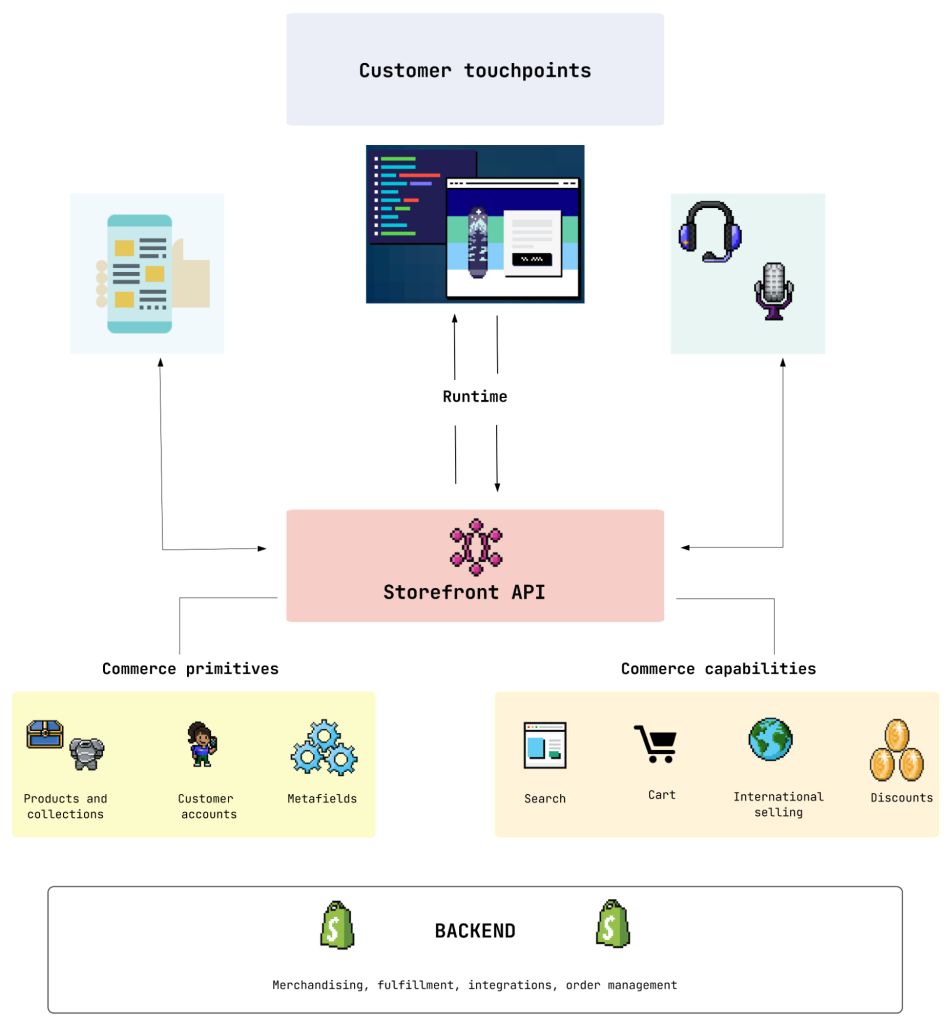
Shopify’s integration with the TikTok API is a big win for e-commerce businesses. Merchants can create and manage TikTok ads right from their Shopify dashboard, streamlining the entire ad creation process without the hassle of switching between different platforms. With just a few clicks, businesses can target TikTok users with customized ads that drive traffic back to their online stores. Setting up the TikTok Pixel is also easier with the API, allowing merchants to track how well their ads convert viewers into customers. This seamless integration means you can effectively reach audiences on both Shopify and TikTok, all from one convenient place.
Canva
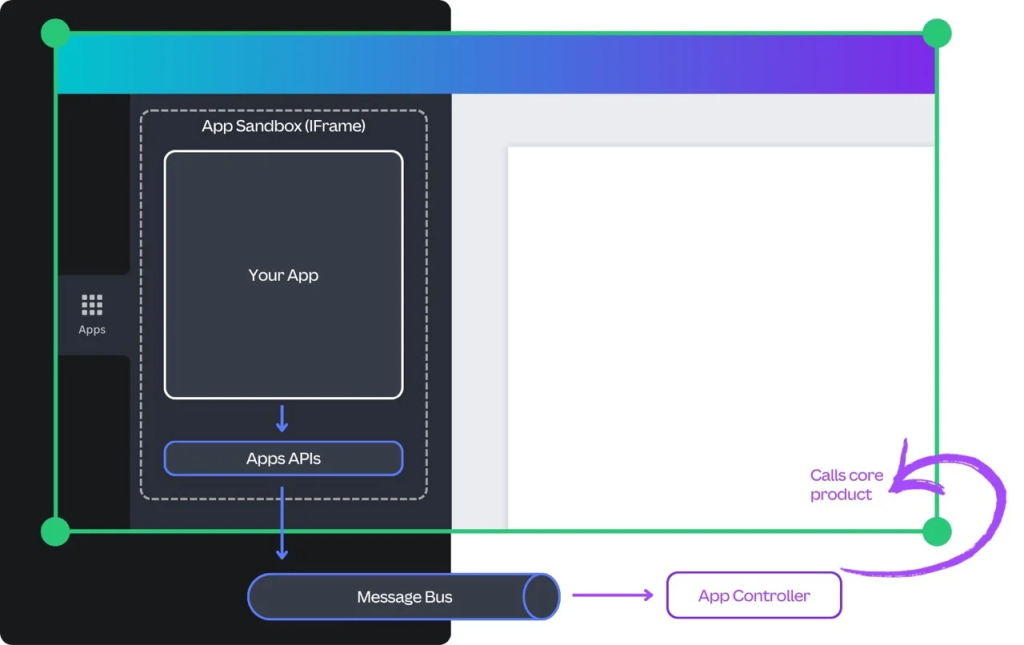
Canva, the go-to tool for easy design, takes things up a notch with its TikTok API integration. Now, users can create and publish TikTok videos directly from Canva. Whether you’re designing ads or organic content, Canva’s templates make it simple to craft eye-catching videos that fit TikTok’s unique style. Once your video is ready, you can publish it directly without needing to switch to TikTok to ensure a smooth workflow from design to publication, saving you time and effort.
>>> Read more: TikTok for Developers: Strategies for Monetizing Your Projects
Conclusion
Whether you’re a developer working on a new project or looking to enhance an existing app, the TikTok developers API is a game-changer that can help you achieve your goals. I hope by following our best practices for API integration, security, and performance monitoring, you’ll ensure that your app not only runs smoothly but also takes advantage of TikTok’s vast potential to its fullest.








